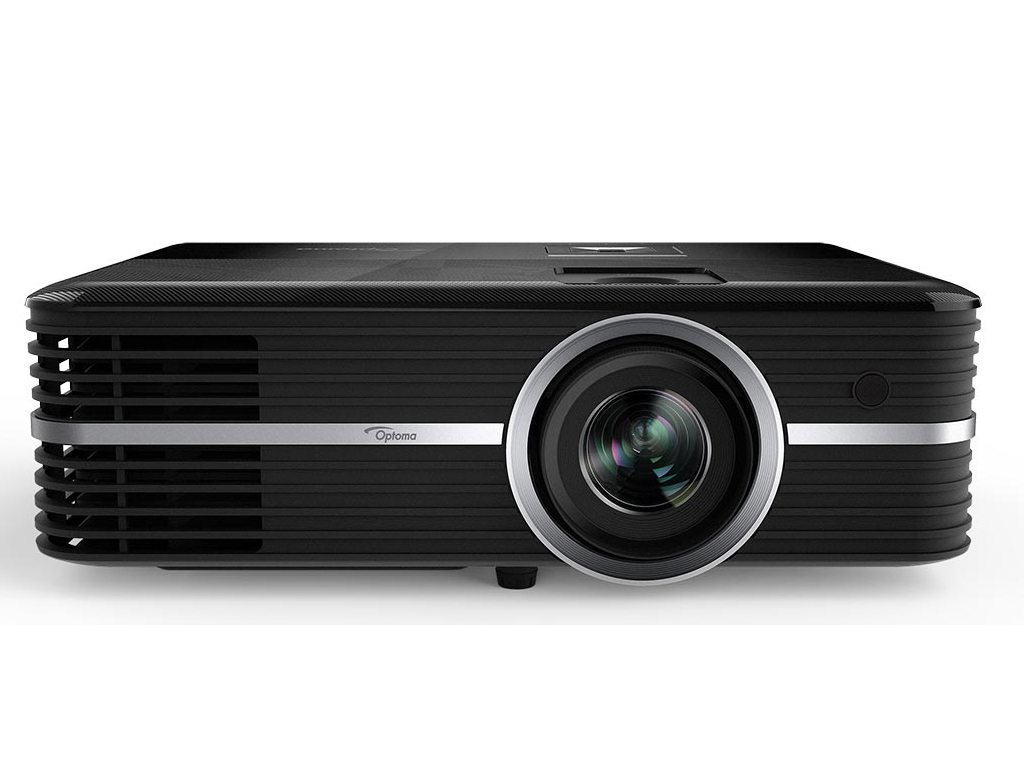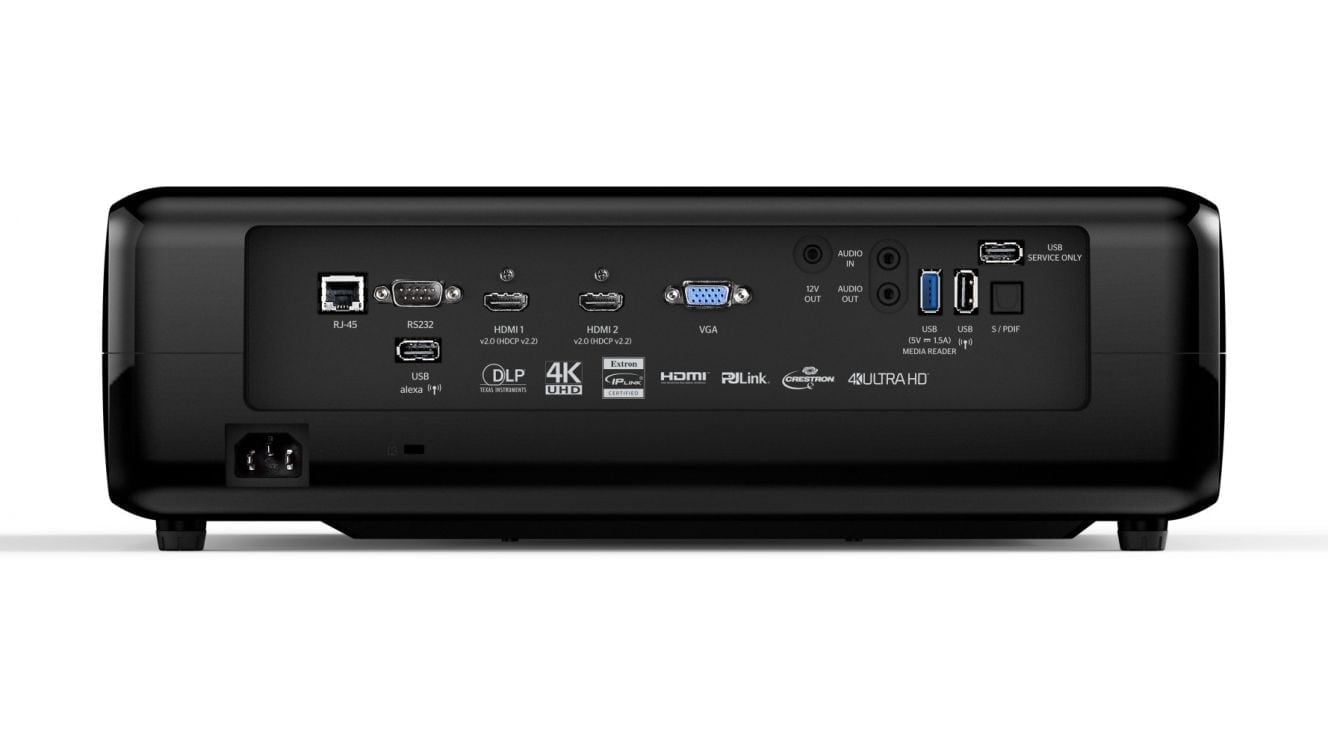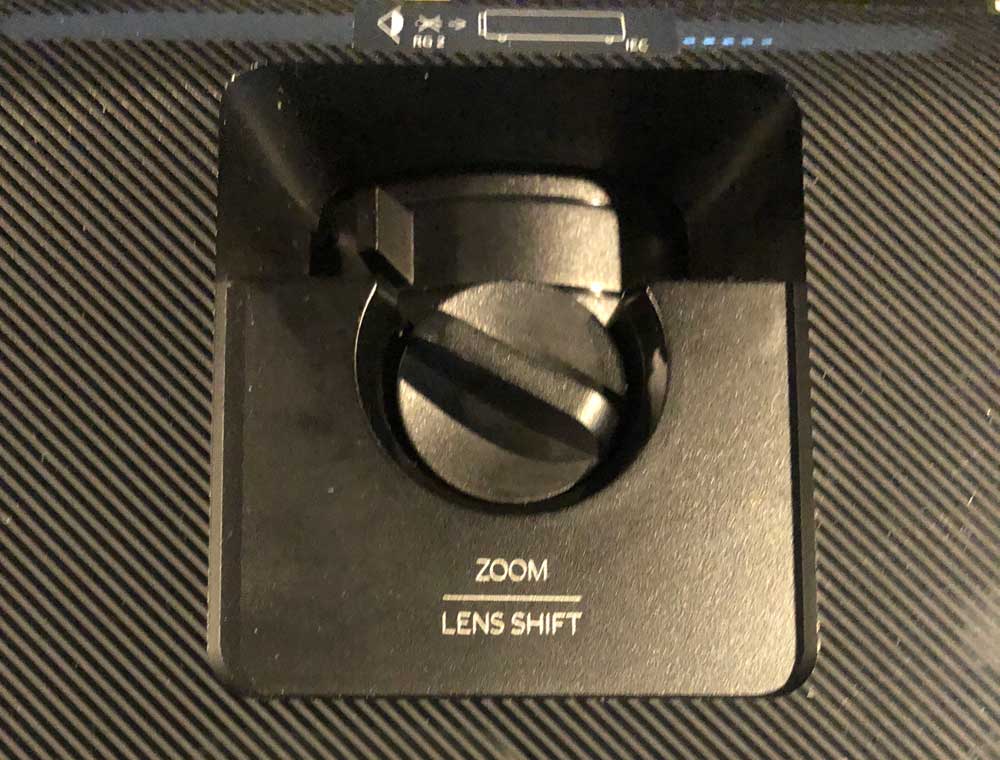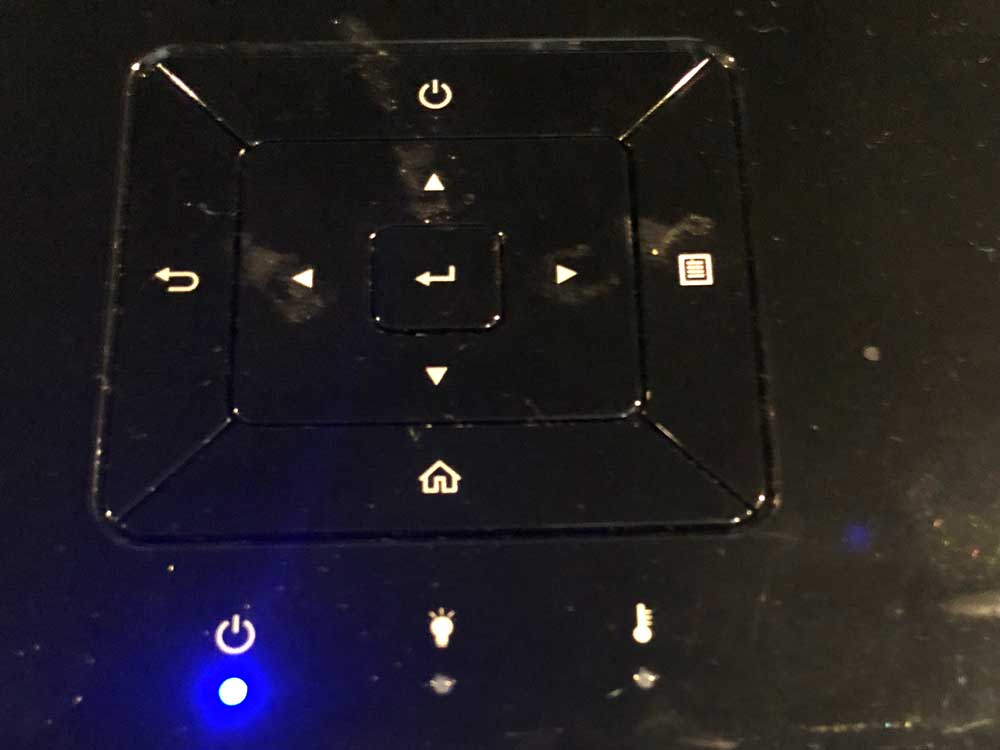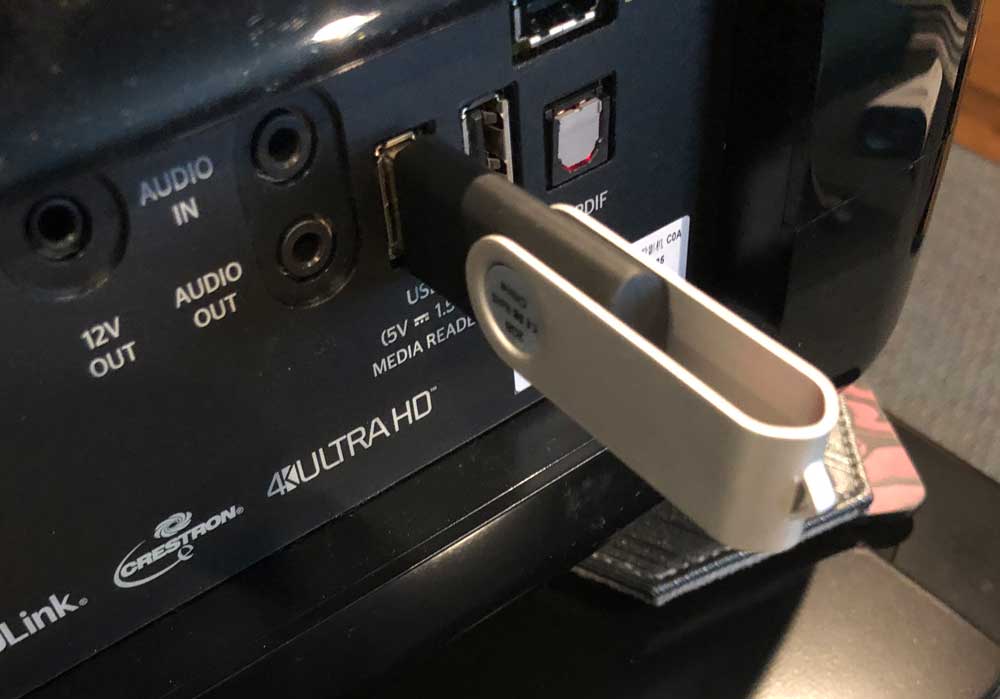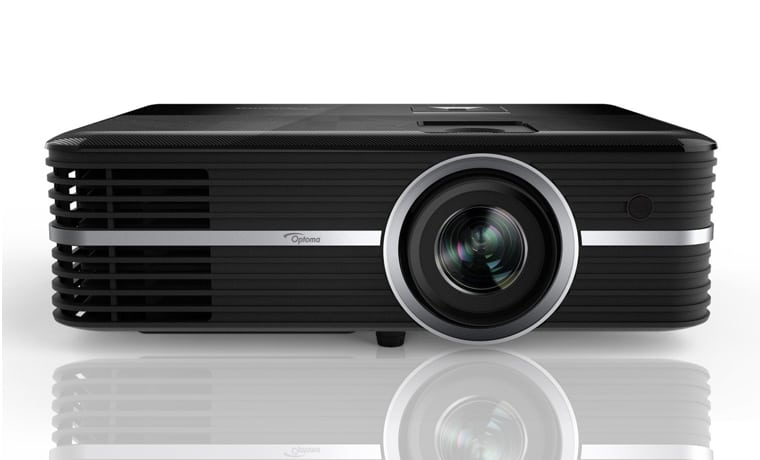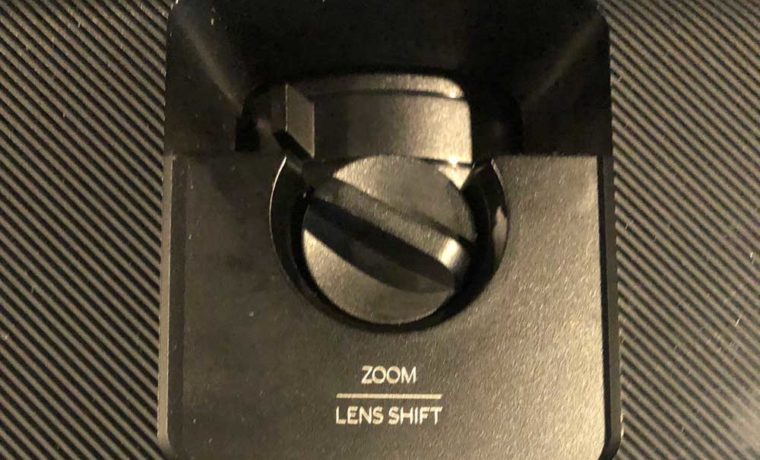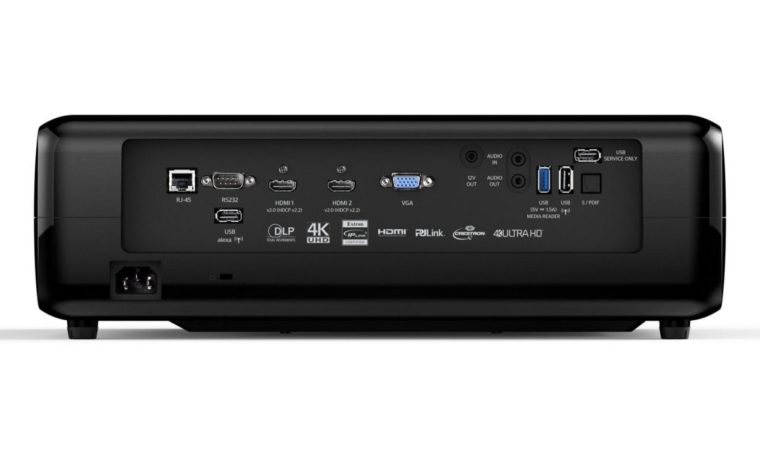When it comes to inputs, the UHD51A is particularly well endowed. That's in part due to being smart, and having Wifi, but also an extra input or two compared to some others.
From the back left side:
First up is a RJ45 jack for hard wired networking (CAT6 cable etc, "ethernet". Just over to the right is an RS232 serial port for "old school" command and control. Below it, is the first of three USB ports, this one is for the included Wireless (wifi) module. (The UHD50 lacks this input.)
A pair of HDMI inputs 1 & 2, come next. Both are HDMI 2.0 with HDCP 2.2 copy protection. That's what's needed for 4K Blu-ray UHD and other 4K sources using copy protection. Some competitors provide only one new HDMI, and one older, legacy 1.4 HDMI. The reason for that is to provide backwards compatibility, as the newer port may not aways work perfectly with some very old HDMI devices that are HDMI 1.4 or earlier. That said, I have several such devices and I haven't encountered any issues myself, with feeding my devices through an HDMI 2.0...
OK, let's get back on track. After the pair of HDMIs (a third is a great idea for those not using an AV receiver for switching, but few projectors offer 3.
Next up is a traditional analog computer input that can also accept component video (like most VGA inputs). The connector is the standard HD15 type.
Moving right along, there's a 12 volt trigger for a motorized screen, shades, or lens sled.
The Optoma does have that pair of 5 watt speakers, so no surprise that there's a stereo audio input and a stereo audio output. Then comes two more USB ports one labeled for Reader - for the media player, and the other with a wireless symbol.
Wait there's a fourth USB as well, but that one is a service port, so you won't be using. We didn't need to use the service port for the firmware upgrades I did.
Finally, below that USB is a optical digital audio connector as well. Now that's a nice extra touch, that provides some versatility. That folks is it for the inputs, although there's also the power cord receptacle, a Kensington lock slot below the left side connectors.
Bottom line: As I said, a nice collection. A lot of projectors are getting pretty minimalistic, with only a couple of HDMIs and 2-3 other connectors. Optoma's dropped composite video and S-video, like many others but at least still offers the VGA input, and plenty of USBs.

